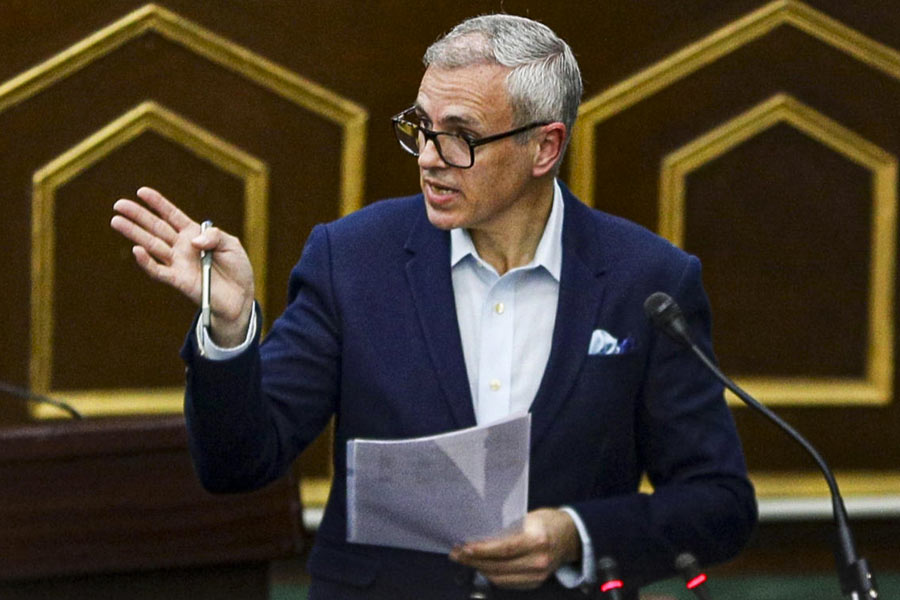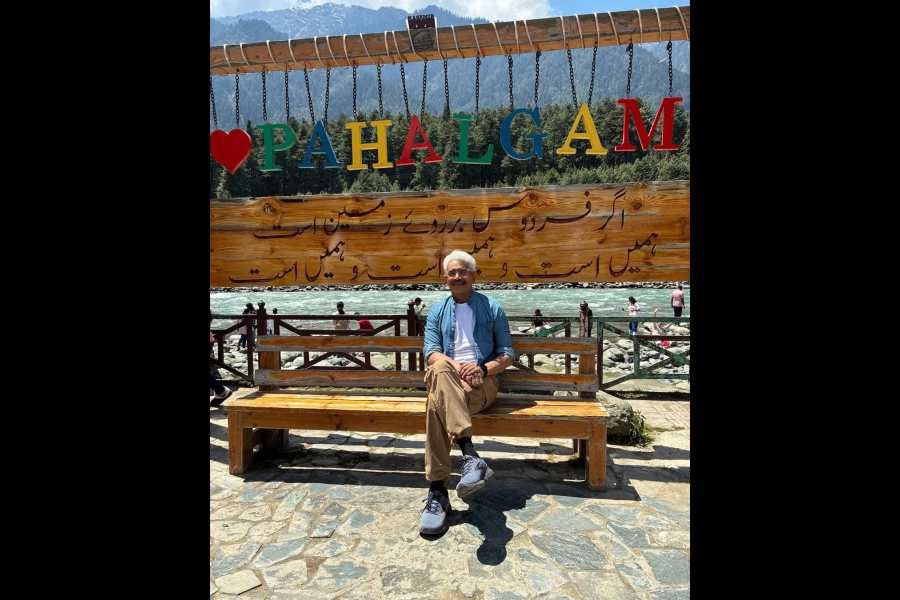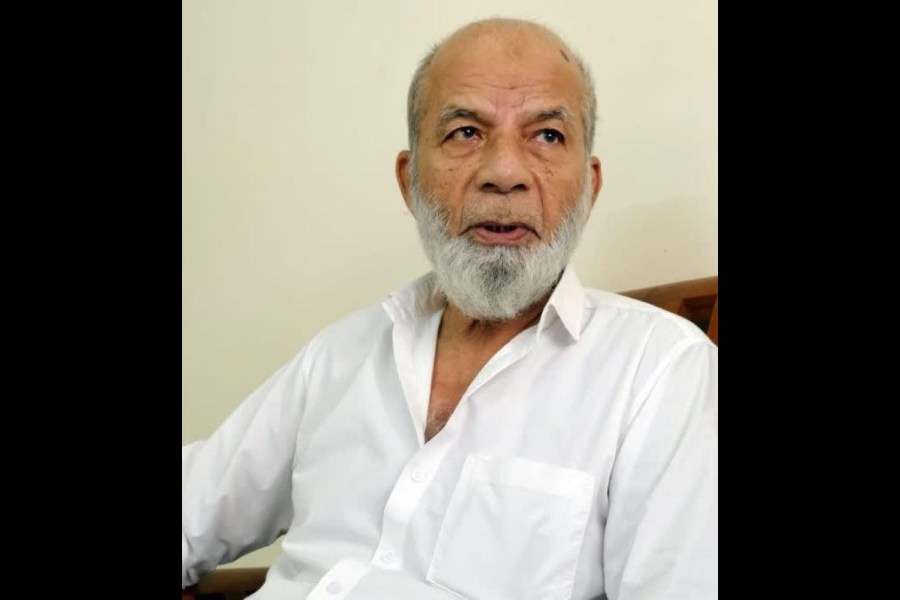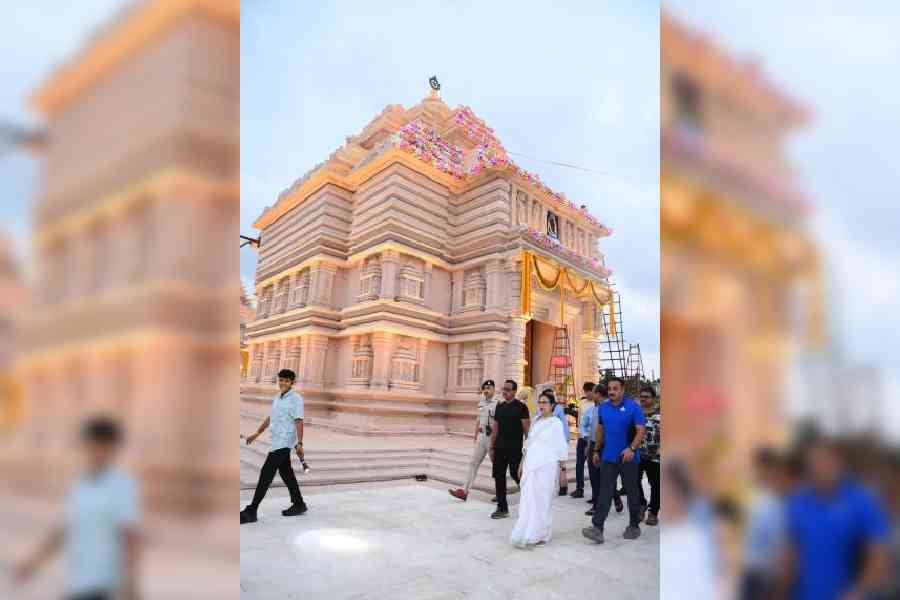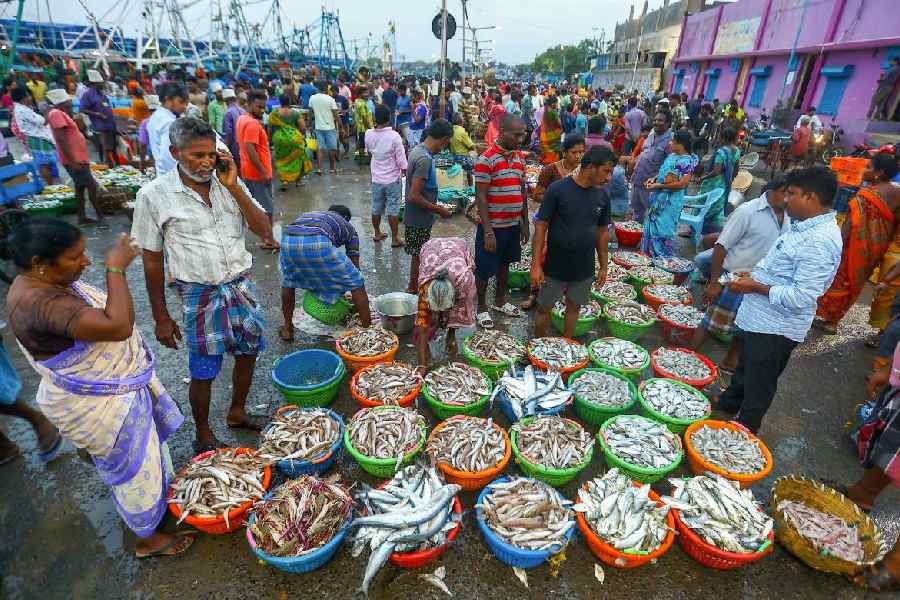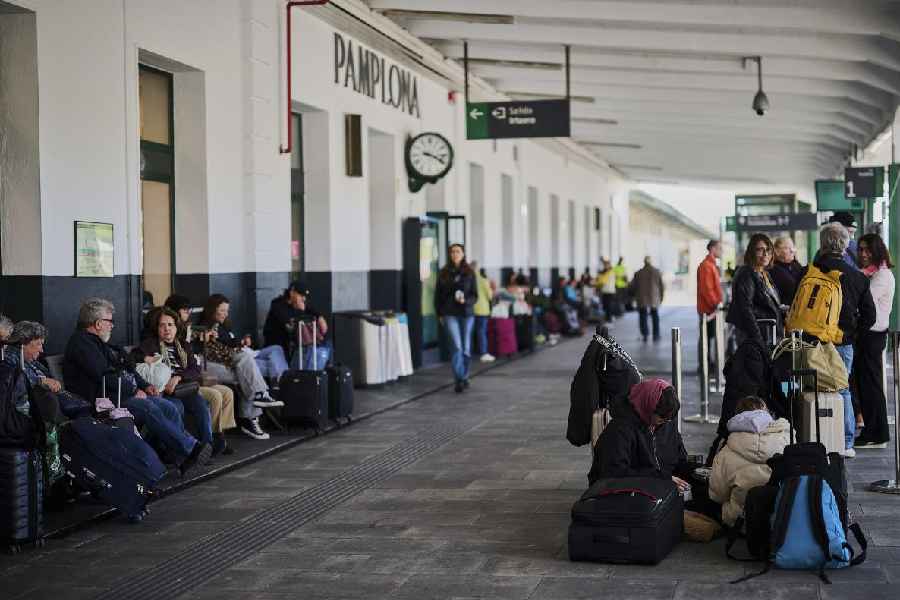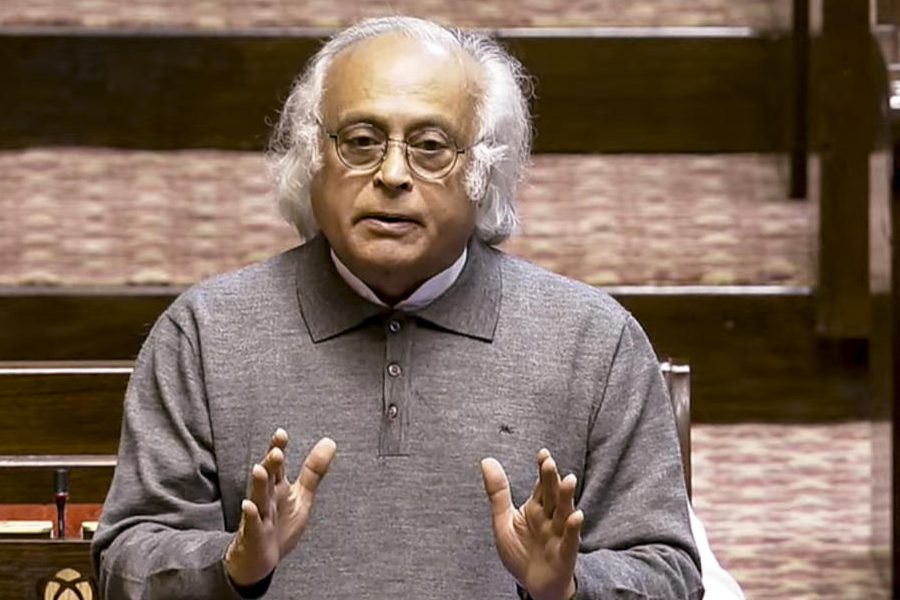 |
| The Zehrensdorf Indian Cemetery after the renovation |
Oct. 25: A German cemetery containing memorials to 206 Indian soldiers who died in captivity during World War I will be rededicated in a special ceremony on Saturday attended by the Duke of Kent, the president of the Commonwealth War Graves Commission.
The commission has spent ?300,000 completely rebuilding the Zehrensdorf Indian Cemetery located near Wunsdorf, 40 km south of Berlin, in east Germany.
The men were taken prisoner after a number of engagements on the western front, including notably the bloody battle at Neuve Chapelle in France in 1915. Allied casualties during the battle were 11,200 ? 7,000 British and 4,200 Indian.
The Indian soldiers may have been largely forgotten, even in their native villages, but their names remain.
Those honoured include:
AHMADULLAH, Sepoy, 508, 129th Duke of Connaught’s Own Baluchis. 1 April 1916. Son of Muhammad Yar, of Moreh, Khushab, Shahpur, Punjab.
AMARSING GURUNG, Rifleman, 1977, 2nd King Edward’s Own Gurkha Rifles (The Sirmoor Rifles). 23 May 1916. Son of Dalia Gurung, of Paharikot Lamjung, No. 2 West, Nepal.
BABU SINGH, Sepoy, 3699, 9th Bhopal Infantry. 28 March 1917. Son of Joga Singh, of Buddipind, Dasuya, Hoshiarpur, Punjab.
In today’s Britain, where the armed forces are keen to recruit more people from the ethnic minorities, some young Muslim radicals have declared that their first loyalty is to Allah and not to Queen and country. But back in 1914, there was not necessarily a conflict between the two.
As to what persuaded these men and their compatriots to swap the warmth of Punjab or the hills of Nepal for the bitter cold of the western front, London-based historian Kusoom Vadgama offered the following explanation to The Telegraph: “They had no choice. They had to do what Britain wanted. But there was a spirit of adventure among the men and also a feeling of loyalty to the crown. They saw this as an opportunity to better their lives.”
The Commonwealth military plot at Zehrensdorf contains the graves of the Indian prisoners who were held in two local POW camps near Zossen ? Halbmond Camp and Windberg Camp.
The plot, which dates back to 1923, forms part of a larger civilian cemetery. But from 1935 until the reunification of Germany in 1990, the area was out of bounds to the commission because it was under the control of Soviet troops who used it for training.
During 2004, unexploded shells were cleared and restoration began in earnest. Trees and scrub were removed, an anti-boar fence was erected, new pre-cast concrete headstone beams were prepared and new headstones engraved.
Sir Peter Squire, the commission’s vice-chairman, said: “During the past three years, the Commonwealth War Graves Commission has worked tirelessly to restore this cemetery to its former glory. It is extremely gratifying that today, the fruits of that labour mean that Zehrensdorf has once more become a fitting tribute to the men whose sacrifice is honoured here.”
The Indian soldiers acquitted themselves well, although they were fighting in harsh and unfamiliar terrain. Their plight was described by Mulk Raj Anand in his 1940 novel, Across the Black Waters.
In 1914, as German forces advanced across France and Belgium, more Allied troops were desperately needed. The Indian army of some 160,000 men was a welcome addition. Two Indian infantry divisions, the 3rd Lahore and the 7th Meerut, were dispatched to Europe. They fought at Ypres, Neuve-Chapelle and Loos.
During the Battle of Neuve Chapelle, some units suffered 80 per cent casualties.
A Sikh soldier, fighting on the western front, wrote to his uncle in the Punjab: “Thousands and hundreds of thousands of soldiers have lost their lives. If you go on the fields of battle you will see corpses piled upon corpses so that there is no place to place or put hand or foot. Men have died from the stench. No one has any hope of survival, for back to Punjab will go only those who have lost a leg or an arm or an eye. The whole world has been brought to destruction.”
On October 7, 1927, the secretary of state for India, the Earl of Birkenhead, unveiled a memorial at Neuve Chapelle to honour all Indian soldiers who fell on the western front during 1914-1918.
Speaking on the occasion in French, Marshal Foch of the French army said: “The Indian troops were among the first to show the way to a victorious offensive. It is only right that a memorial should perpetuate the glorious memory of officers, non-commissioned officers and men of the British Indian Army.”
Turning to the British Indian contingent, he bade them: “Return to your home in the distant, sun-bathed East and proclaim how your countrymen drenched with their blood the cold northern land of France and Flanders, how they delivered it by their ardent spirit from the firm grip of a determined enemy; tell all India that we shall watch their graves with the devotion due to all our dead. We will cherish above all the memory of their example. They showed us the way, they made the first steps towards the final victory.”


